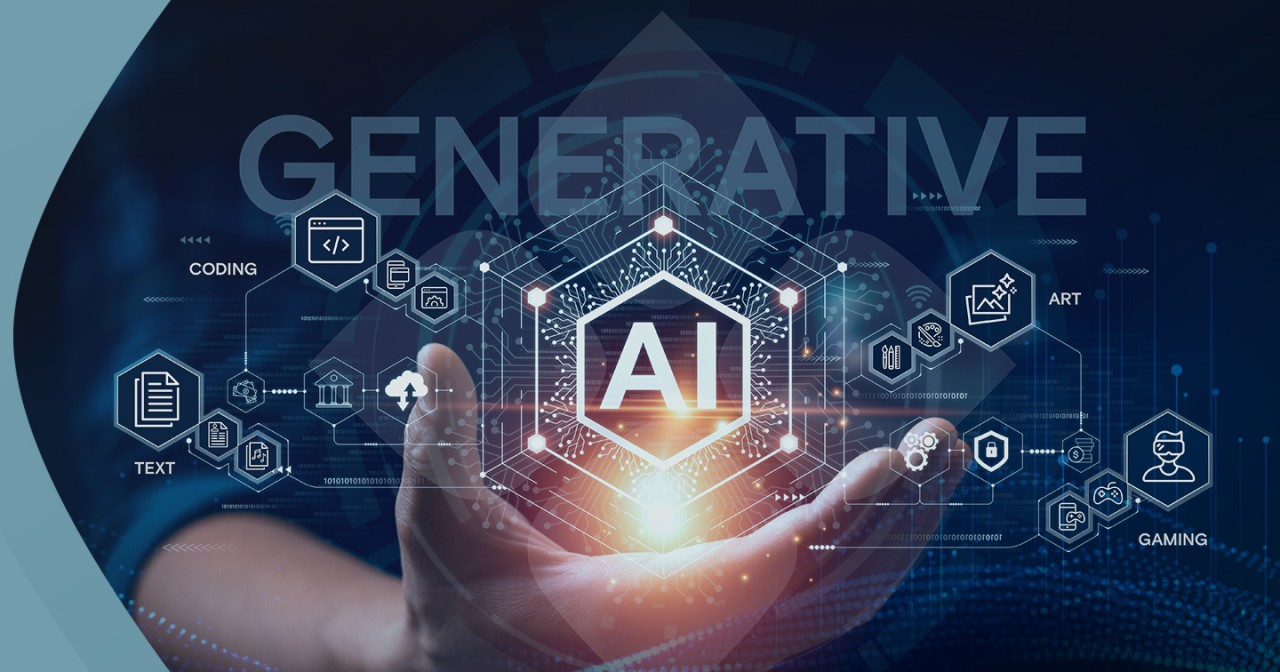Large language models, like OpenAI’s GPT series, have fundamentally revolutionized how we interact with technology and have become an integral part of various sectors. These sophisticated AI systems can understand, interpret, and generate human language with remarkable precision, making them invaluable in countless applications. From content generation to customer service, predictive typing, translation services, and beyond, large language models have paved the way for a new era of AI-powered communication.
Introduction to Large Language Models
Large language models (LLMs) are a type of artificial intelligence (AI) that have been trained on vast amounts of text data. Using a subset of machine learning called deep learning, these models learn to generate human-like text by predicting the next word in a sequence, based on the context provided by the preceding words. The result is a system that can create incredibly diverse and complex pieces of text, ranging from simple sentences to full-length articles or even books.
The ‘large’ in large language models refers not just to the amount of data they are trained on, but also to the size of the neural network used in their architecture. This size, often measured in parameters, directly correlates with the model’s capacity to learn and understand complex patterns in data. Larger models, like GPT-3 with its 175 billion parameters, are capable of understanding and generating more nuanced and contextually aware text than their smaller counterparts.
Evolution of Large Language Models
The evolution of large language models has been driven by advances in both data availability and computational power. Early iterations of these models, such as Word2Vec and GloVe, were efficient at capturing word-level relationships but struggled with larger pieces of text. They did not have a sense of context beyond the immediate neighboring words.
The introduction of transformer-based models, like Google’s BERT and OpenAI’s GPT series, marked a significant leap forward. These models leveraged attention mechanisms to capture dependencies between words, regardless of their distance apart in the text. This ability to understand context made transformer-based models far superior at generating human-like text.
GPT-3, the third iteration in the GPT series and one of the most well-known LLMs, was trained on hundreds of gigabytes of text data, including books, articles, and websites. It represented a milestone in the development of LLMs due to its unprecedented size (175 billion parameters) and its impressive ability to generate contextually aware and coherent text.
Applications of Large Language Models
The potential applications for large language models are vast and varied. They can be applied anywhere text is involved, and their ability to understand and generate human-like text opens up exciting opportunities.
1. Content Generation and Enhancement: LLMs can generate blog posts, articles, stories, and more. They can also help in improving the quality of existing content by providing suggestions and making corrections.
2. Customer Support: LLMs can be used to automate customer service interactions, responding to inquiries and providing information in a manner indistinguishable from a human agent.
3. Translation and Language Learning: These models can provide real-time translation services, aiding communication across different languages. Additionally, they can be used as language learning tools, helping users practice and improve their language skills.
4. Data Analysis: LLMs can analyze large volumes of text data, identify patterns, summarize information, and provide insights.
5. Creative Writing: LLMs can serve as creative aids, generating ideas, writing prompts, and even drafts for writers.
Challenges and Considerations
While large language models are undeniably powerful, their use is not without challenges. Several considerations must be made when developing and implementing these models.
Data Bias: Since these models learn from the data they are trained on, they can unintentionally learn and propagate biases present in this data. Efforts must be made to ensure that the training data is as unbiased and representative as possible.
Security and Privacy: Given the vast amounts of data used to train LLMs, it’s crucial to ensure that they do not inadvertently leak sensitive information during generation.
Ethical Use: As with all AI, it is vital to consider the ethical implications of LLMs. They must be used responsibly to ensure they do not misuse information, misrepresent facts, or mislead users.
Computational Resources: Training LLMs requires substantial computational power and energy, which can be a limiting factor.
The Future of Large Language Models
The future of large language models is full of exciting possibilities. Advances in machine learning and computational power, along with growing data availability, will likely lead to even larger and more powerful models.
However, the focus is not only on making larger models but also on refining the current technology. This includes improving the models’ efficiency, addressing bias, and enhancing their ability to understand context and nuance. The potential of AI is vast, and large language models are a vital part of realizing this potential.
In conclusion, large language models represent an impressive feat in the world of AI. They demonstrate the vast potential of machine learning when applied to human language, opening up endless opportunities for automation, innovation, and efficiency across various industries. With continuous advancement and responsible usage, these models will continue to shape the future of AI-powered communication and beyond.
Find more … …
Python Example – Write a Python program to list the special variables used within the language
R for Business Analytics – Chapter 1: Getting started with R Language
